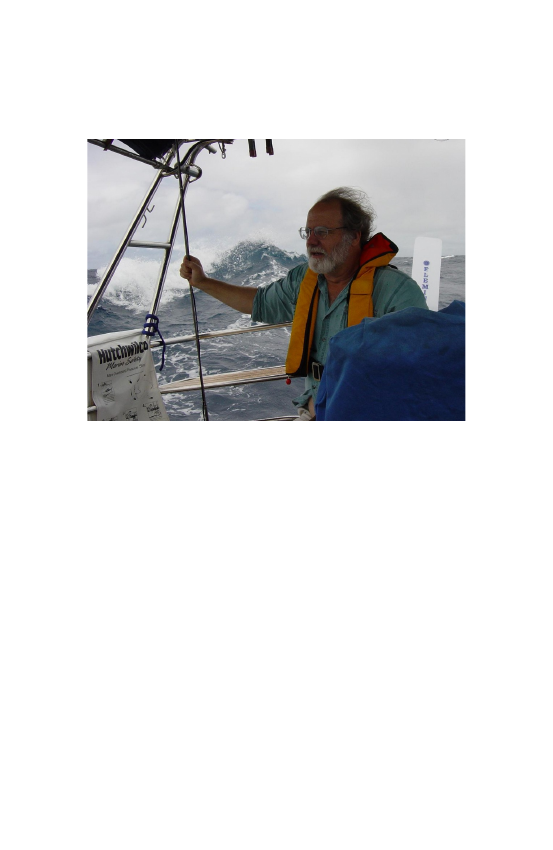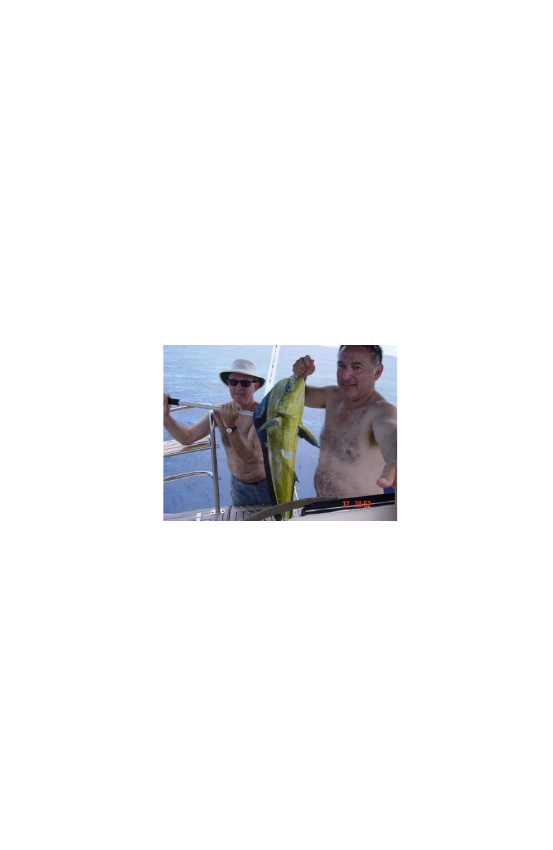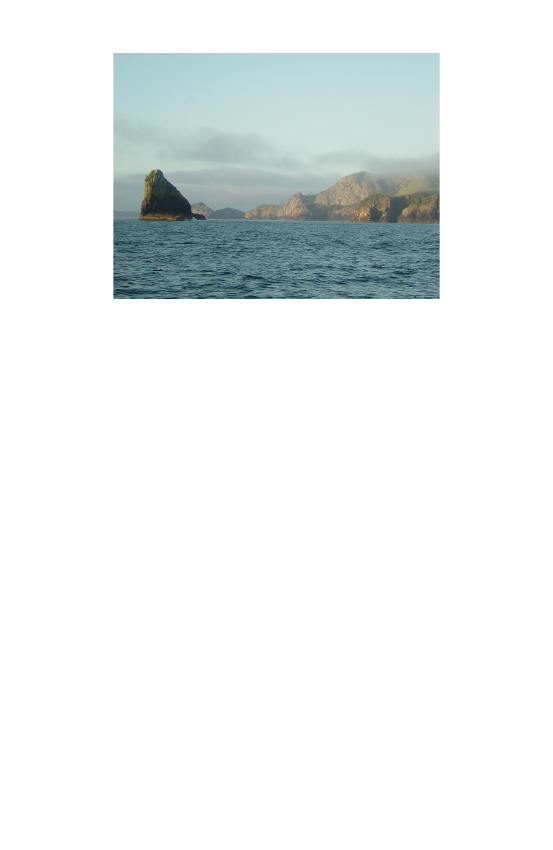
Chapter 1 Tasman Crossing
2004
Introduction
I had recently commissioned Malua after fitting her
out in Canberra. We had undertaken a short cruise
to Tasmania with a few friends with Nicola, Iain and
Denny joining me for a lovely cruise through the
D'Entrecasteaux Channel, Bruny island and along the
west coast.
On returning to home at Batemans Bay and I was
asked, where will you cruise to for the Christmas
holidays. The obvious answer was New Zealand.
The plan was to leave in December, stay a month or
two then sail back to OZ and continue my job.
It turned out that crossing the Tasman Sea, either
eastbound or westbound, is no easy task. We made
it to New Zealand, but I took the scenic route home,
cruising through the Pacific Islands of Tonga, Fiji,
and Vanuatu before returning to Australia almost a
year later.
Here is the story of our first ocean crossing in Malua
and how we fared.
1

The Storm
The crossing of the Tasman Sea was expected to
be well-timed with calm seas. For the previous
week or two, a high-pressure system had
dominated the area. However, on the night
before we left, a deep, intense low formed off
Brisbane. This caused south-easterly winds to
blow, whipping up the sea. All forecasts
indicated that the low would dissipate, so we set
off across the Tasman.
The first night, the wind was on the nose,
forcing us to sail north-northeast into a rising
wind and increasing seas. The next day,
contrary to expectations, the wind didn't drop
but increased another 5 knots to 25 knots. It
was as if the bar had been raised. At this stage,
we had three reefs in the main, no genoa, and
only the smallest slab staysail.
The boat was travelling at 6 knots with waves
coming over the bow quarter. Our Fleming
wind-vane, a self-steering device, was working
well, keeping the boat on course almost on the
rhumb line—the most direct route—to New
Zealand. The wind continued to blow between
30 and 40 knots throughout the first and second
night, with big seas washing over the boat.
2

Malua handled it well as we crested each swell
and then moved diagonally down into the
trough.
Because we were beating into the wind and huge
Southern Ocean swells, it wasn't a great idea to
be outside. We all stayed below, with only
occasional peeps outside to check if the sails
were holding up. Our concern for other traffic
was low due to our course being well outside the
shipping lanes and the state of the weather. The
two new crew members, still finding their sea
legs, didn't come out of the aft cabin, which left
the rest of us to stand watch.
3

On the third night, the batteries showed low
voltage, so I had to start the main engine to
charge them. Everyone was confined to their
bunks as we changed course to take the swell on
our beam. It wasn't a pleasant feeling, and it
was very stuffy down below.
The storm continued for four days, with the
highest wind recorded at 47 knots. The
following day, the wind dropped, and we enjoyed
some good sailing off the wind under overcast
skies.
We got the fishing rod out and did some very
successful fishing. For the next three days, we
didn't see the sun, let alone the horizon,
because we were shrouded in thick fog. It was a
matter of motoring and watching the radar.
4




